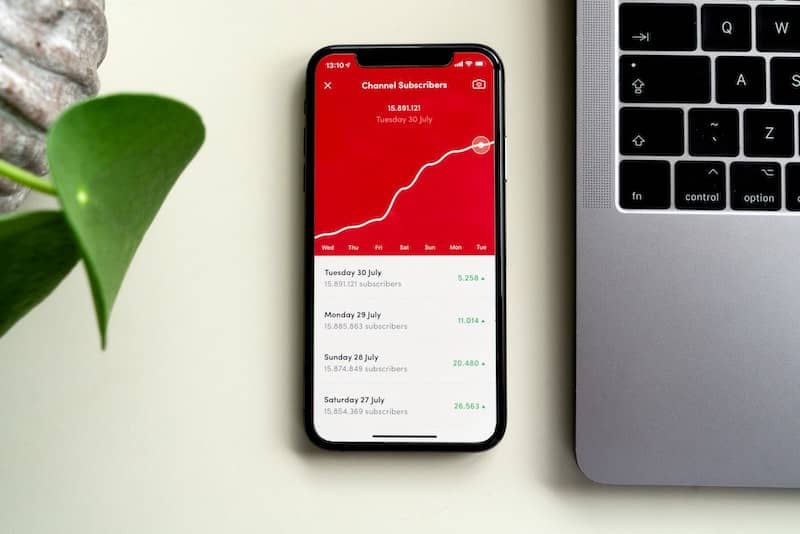Brief History of YouTube
In February 2005, three former PayPal employees got together to found what would soon become the biggest video sharing platform in the world. While the true origin story is largely up for debate, the fundamental concept for the service was centered upon making it easier for people to upload, share, and access videos on the internet — many of which had first appeared on television but were no longer accessible anywhere else.
Initially, YouTube’s content was largely composed of clips from television, i.e., video content pulled from other sources and uploaded without express permission from copyright holders — content that’s sometimes referred to as User-Uploaded Content (UUC). Soon, however, behavior on the platform began to change with video virality and User-Generated Content (UGC), and YouTube gained more and more cultural capital as a social and discovery platform.
In the year following its founding, YouTube was acquired by Google for $1.65 billion. By this time, the music industry had already started to understand the importance of the platform for music, with music videos increasingly becoming one of its biggest sources of content consumption — even if it was a Saturday Night Live music video parody that really gave YouTube that initial “shot of adrenaline.”

In the intervening years between the digitally induced decline of the music industry’s physical market and the rise of audio-based streaming platforms like Spotify, YouTube became a quick and easy way for music consumers to listen to what they wanted, when they wanted … for free. Today, waning consumers off of that habit has proved rather difficult for audio-based DSPs, who still compete for consumption market share worldwide.
According to the International Federation of the Phonographic Industry (IFPI), in 2019, on-demand video streaming, i.e., YouTube, accounted for 47 percent of global on-demand music streaming. Premium audio-based streaming accounted for 37 percent, and free audio-based streaming accounted for just 15 percent.
The struggle for many rights holders is the fact that, on the whole, YouTube pays out considerably less than other DSPs for streams, as they operate under the Digital Millennium Copyright Act (DMCA), which provides safe harbor laws stipulating no liability on the part of YouTube for copyright infringing UUC and UGC.
As such, according to the IFPI, in 2018, 272 million subscribers and ad-supported users on audio-based DSPs generated around $5.6 billion, while 1.3 billion video streamers generated only $8.6 million. In other words, video streamers accounted for 5x the amount of audio streamers, in terms of music consumption, but video streams — of which YouTube accounts for the vast majority — generated just 0.2 percent of the revenue that audio-based DSPs did. That’s what’s come to be known as the value gap.
Economics aside, just going by global user base alone, YouTube has developed into a hugely important music platform for artists (irrespective of Google’s YouTube Music platform), so understanding YouTube channel analytics through YouTube Studio has become indispensable in today’s music economy.
